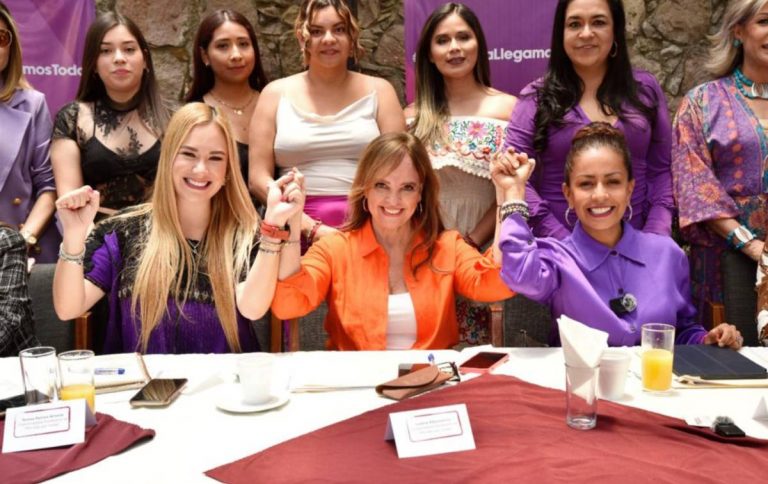MADRID – A vote on whether the Catalonia region should secede from the rest of Spain has deeply divided the country. Catalan officials say an overwhelming majority voted Sunday in favor of independence, but the central government in Madrid has repeatedly condemned the referendum as illegal and invalid. What happens next is unclear, but Catalan officials have said they regional parliament plans to declare independence in the next several days.
Catalonia, one of Spain’s 17 autonomous regions, has some 7.5 million people and includes the tourist-popular Mediterranean port of Barcelona, the country’s second-largest city, which is home to a Catalan parliament and regional government. The region has its own language and generates a fifth of Spain’s 1.1 trillion euro economy.
Here is a look at the events leading up to the vote:
— 2006: Spain’s central government and Catalan authorities agree on devolving more powers to the northeastern region, including finance, healthcare, and education. The agreement is approved by both Catalan regional lawmakers and the national parliament.
— 2008: Spain enters a five-year financial crisis that brings harsh austerity measures and recession, leaving many Catalans feeling their wealthy region could do better on its own.
— 2010: Spain’s Madrid-based Constitutional Court strikes down key parts of the 2006 charter, inadvertently breathing new life into the secession movement. Some 1 million Catalans voice their anger in a march through Barcelona. Pro-independence parties win a regional election.
— Sept. 11, 2012: On Catalonia’s national day, a huge turnout provides a show of force for the independence movement. But Madrid snubs Catalan officials by refusing to grant greater financial independence to the region.
— March 2014: Spain’s Constitutional Court rules that Catalonia can’t go ahead with a planned Nov. 9 vote on its independence, as all Spaniards must be allowed to cast a ballot.
— Nov. 9, 2014: The Catalan government scraps its planned referendum on independence and, instead, calls the ballot an unofficial opportunity for locals to express their opinion about Catalonia’s future. Of the around 2.3 million Catalans — less than half of those eligible — who vote, more than 80 percent choose secession. The national government rejects the vote as propaganda.
— September 2015: Then-U.S. President Barack Obama says the United States wants a united Spain. European Union chiefs say an independent Catalonia wouldn’t be allowed as a member. In another regional election, Catalonia’s pro-independence parties narrowly win the most seats.
— December 2015: Spain’s Constitutional Court rules that a pro-independence resolution at the Catalan parliament is unconstitutional.
— March 2017: Former Catalan president Artur Mas is barred from holding public office for two years for holding the November 2014 vote.
— June 9, 2017: Catalan president Carles Puigdemont announces a new vote on independence on Oct. 1. Catalan officials say they will proclaim a new republic within 48 hours of the ballot if a “yes” vote wins, regardless of the turnout.
— Sept. 7, 2017: After a legal challenge from the central government in Madrid, the Constitutional Court suspends the ballot.
— Sept. 20, 2017: Spanish police arrest a dozen Catalan officials for organizing the independence referendum, sparking mass street protests. Police seize 10 million ballot papers in a crackdown.
— Sept. 21, 2017: Spain’s Constitutional Court says it is fining 22 Catalan electoral board members between 6,000 euros ($7,000) and 12,000 euros ($14,200) a day as long as they fail to comply with the court order suspending the ballot.
— Sept. 29, 2017: The Spanish government vows to block the ballot. Catalan officials vow to proceed with it.
— Sept. 30, 2017: Police give activists and parents occupying schools in Catalonia so they can be used as polling stations for the Oct. 1 vote an ultimatum to leave by 6 a.m. on Oct. 1.
— Oct. 1, 2017: Spanish riot police smash their way into polling stations and fire rubber bullets to try to halt the disputed independence referendum, and hundreds of people, including some police, are injured, officials say. Still, voting continues.
— Oct. 2, 2017: In the early hours, a Catalan official says preliminary results show 90 percent of those who voted are in favor of independence.










